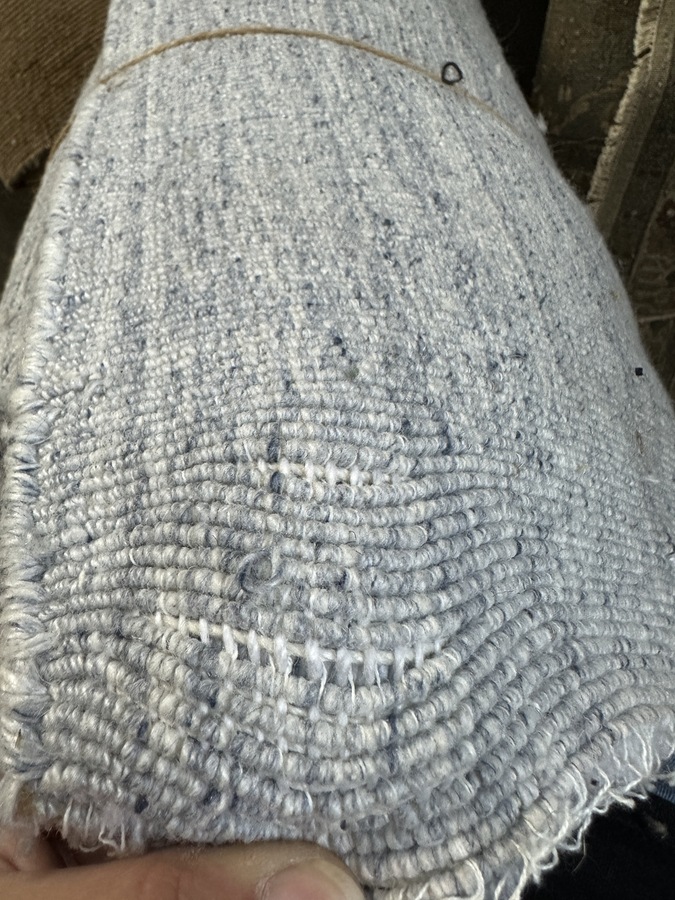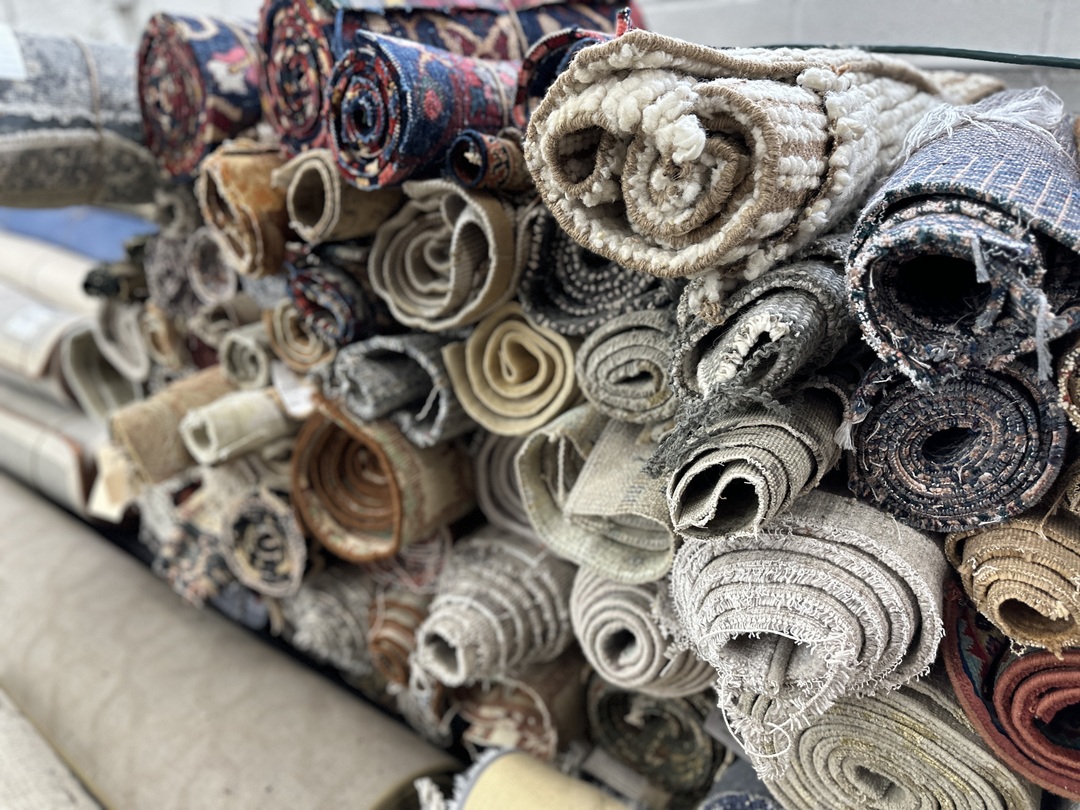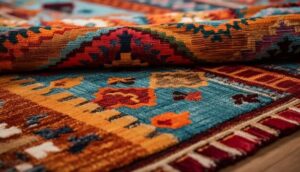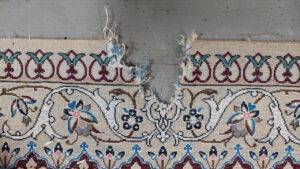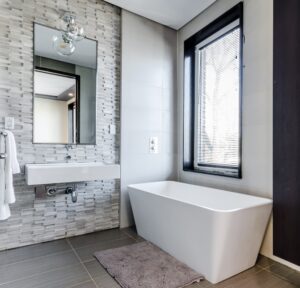How to Choose the Perfect Rug: Key Considerations
When shopping for a rug, there are four fundamental aspects to remember:
- Size
- Shape
- Style
- Material
Each of these elements serves a distinct purpose in enhancing the aesthetics and functionality of your space.
Rug Size
Always ensure the rug complements the dimensions of your room. It should be large enough to at least accommodate the front legs of your furniture. Depending on the room, different size recommendations apply. For instance, living spaces generally work well with larger rugs, while bedrooms may benefit from smaller rugs or a single large one beneath the bed.
The Right Shape for Your Space
Consider the room shape before selecting your rug. Round rugs often complement square rooms, creating a visually appealing contrast.
Style - Making Your Rug a Seamless Fit
The rug style should reflect and enhance the room’s overall aesthetic. Modern, minimalist decor may call for a subtle or geometric rug, while traditional spaces may benefit from classic or patterned rugs.
Rug Material: Balancing Durability and Aesthetics
Material choice directly affects the rug’s durability and upkeep requirements. Synthetic fibers are robust and ideal for high-traffic areas, while luxurious materials like wool or silk may be reserved for low-traffic spaces. Don’t forget to consider maintenance needs – some rugs require professional cleaning, while others need a simple vacuum or mild detergent wipe-down.
Rug Suitability: Not Every Rug Fits Every Room
It’s crucial to understand that specific rug types may not work in all rooms. Shag rugs, while plush and cozy, can be impractical in dining areas due to their cleaning demands. Similarly, silk rugs, though opulent, are ill-suited for busy spaces like living rooms or entryways. Even light-colored rugs can present maintenance challenges in high-traffic zones or dining rooms, as they are prone to showing dirt and stains.
Decoding 'Pile' in Rug Terminology
The term ‘pile’ refers to the rug’s fiber density and height. High-pile rugs, characterized by long, loose fibers, offer a plush feel, while low-pile rugs with shorter, compact fibers provide durability and ease of cleaning.
The Craftsmanship Behind Rugs: Understanding Warp and Weft
Rugs are crafted from warp (the rug’s foundation) and weft lines (the elements holding the foundation together). A quality rug typically features more than three weft lines to ensure durability. However, some manufacturers opt for fewer weft lines to save on yarn, resulting in compromised, stretchy rugs. To identify such products, simply pull a corner of the rug. If it stretches, it’s a defective rug that you should avoid.
Rug Trends: What Might Not Stand the Test of Time?
Certain rug trends, like bold colors and trend-specific patterns, may lose their appeal over time. As per the trends until September 2021, Scandinavian design with its minimal use of rugs may not be a timeless choice, given its specific aesthetic demands.
How a defected rug looks when pulling from one side
